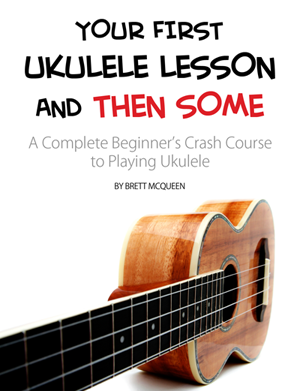It doesn’t matter if you’ve been playing ukulele for a month or a decade…
The E major chord is one of the worst chords to play!
And by worst, I mean hardest.
But yet, there are SO MANY songs with E chords in them.
Why is this?
The biggest reason the E chord shows up all the time is because it’s actually a super easy chord to play on guitar.
So much popular music has been written on guitar in the last 50 years, which means you end up with a lot of songs written in the key of E major.
Sadly, this doesn’t make it easy on us as ukulele players! But there is a way to make this really common chord easier to play.
Is There an Easier Way to Play an E Major Chord on Ukulele?
There absolutely is!
In this video, I look at one of the easiest E chord substitutions you can use the next time you come across a dreaded E chord in a song, and I explore the different ways you can play it.
I also look at two popular songs with E chords in them – Coldplay’s Fix You and Train’s Hey Soul Sister – and I look at the different reasons you might want to use the easy E chord substitution and also why you might NOT want to use it.
Watch the video to learn an easy way to play this often troublesome chord.
The Easiest Way to Play an E Major Chord on Ukulele
To play an E major chord on ukulele the easiest way, use this alternative E chord as a substitution, known as an E5, where you place the index finger on the 2nd fret of the bottom A-string, middle finger on the 4th fret of the top g-string, ring finger on the 4th fret of the C-string, and let the E-string ring open.
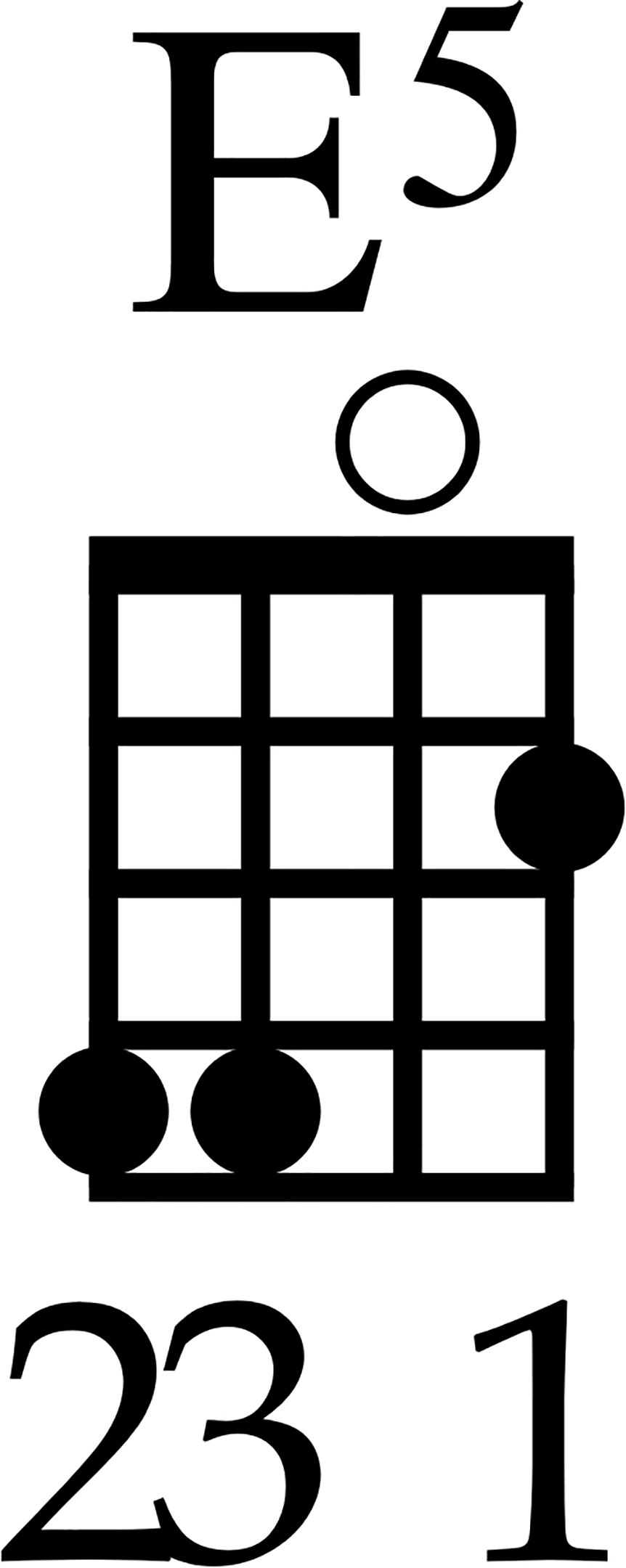
Alternatively, you can play the E5 chord using your ring finger on the 4th fret of the top g-string, little finger on the 4th fret of the C-string, and index finger on the 2nd fret of the bottom A-string, letting the E-string ring open.
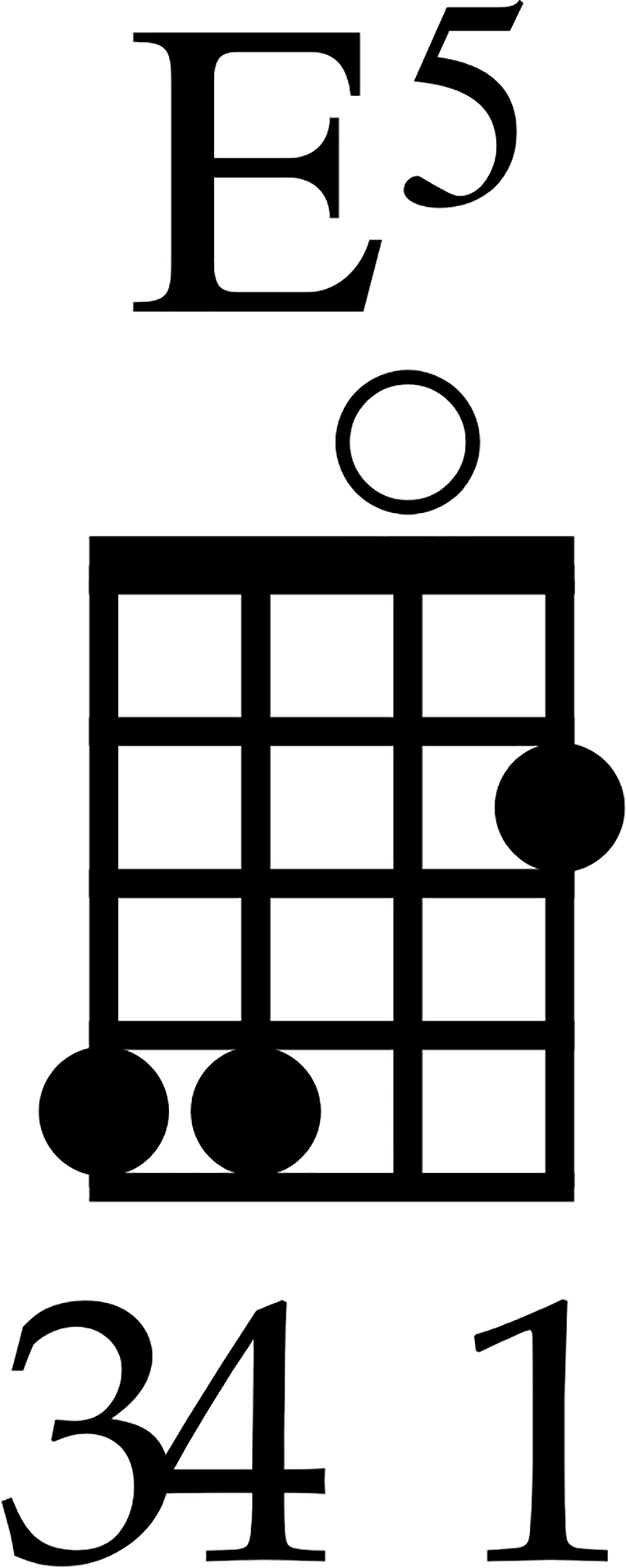
Or you can use my favorite way to play the E5 chord, where I wrap the thumb around the top of the neck of the ukulele to fret the top g-string at the 4th fret, place the middle finger on the 4th fret of the C-string, index finger on the 2nd fret of the bottom A-string, and let the E-string ring open.
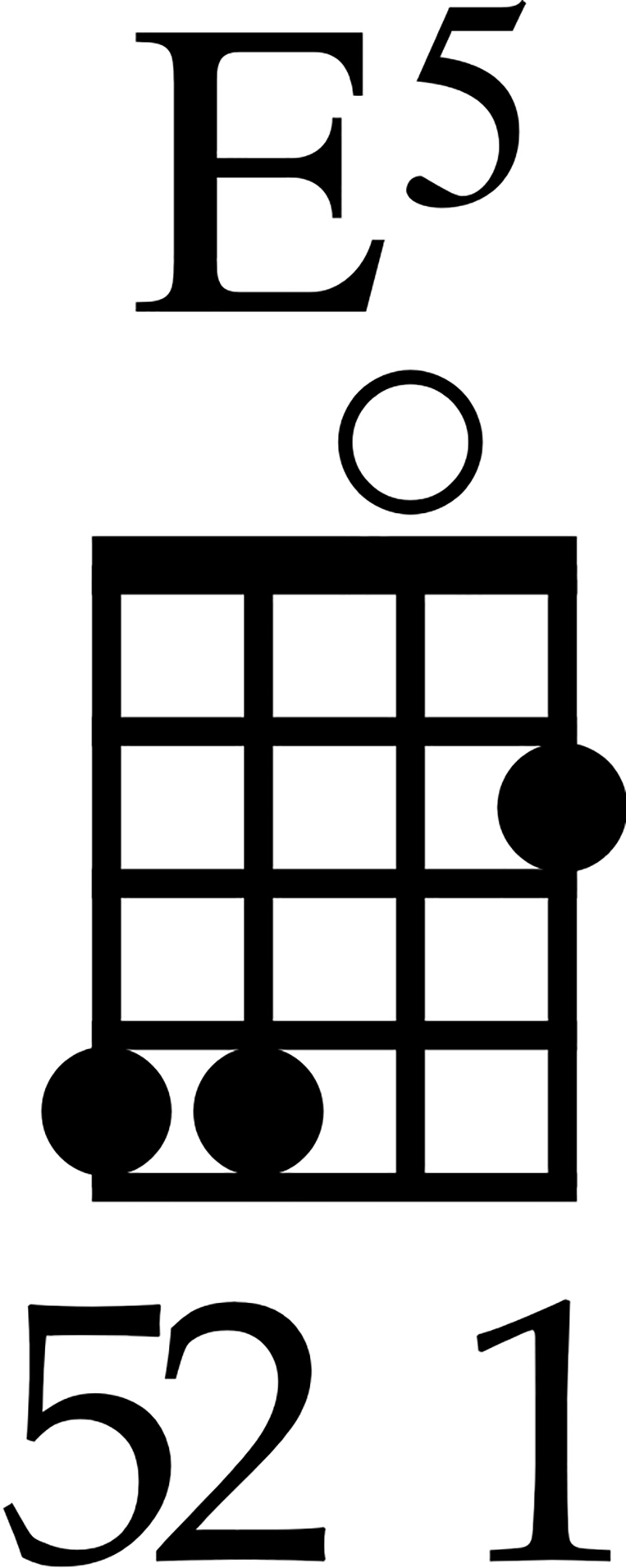
Watch the video above to see exactly how I play this chord.
Pros & Cons of Using the E5 Chord as a Substitution
As you’ll hear, the E5 chord has a nice open sound that rings out.
For example, for a song like Fix You by Coldplay, as I highlighted in the video, stylistically the chord is a perfect match for a song like this!
Compare the easy E chord substitutions above with the normal “standard” way to play an E major chord on ukulele, where you barre or press down on all four strings at the 2nd fret with the index finger and then barre or press down on the top three strings at the 4th fret with the ring finger.
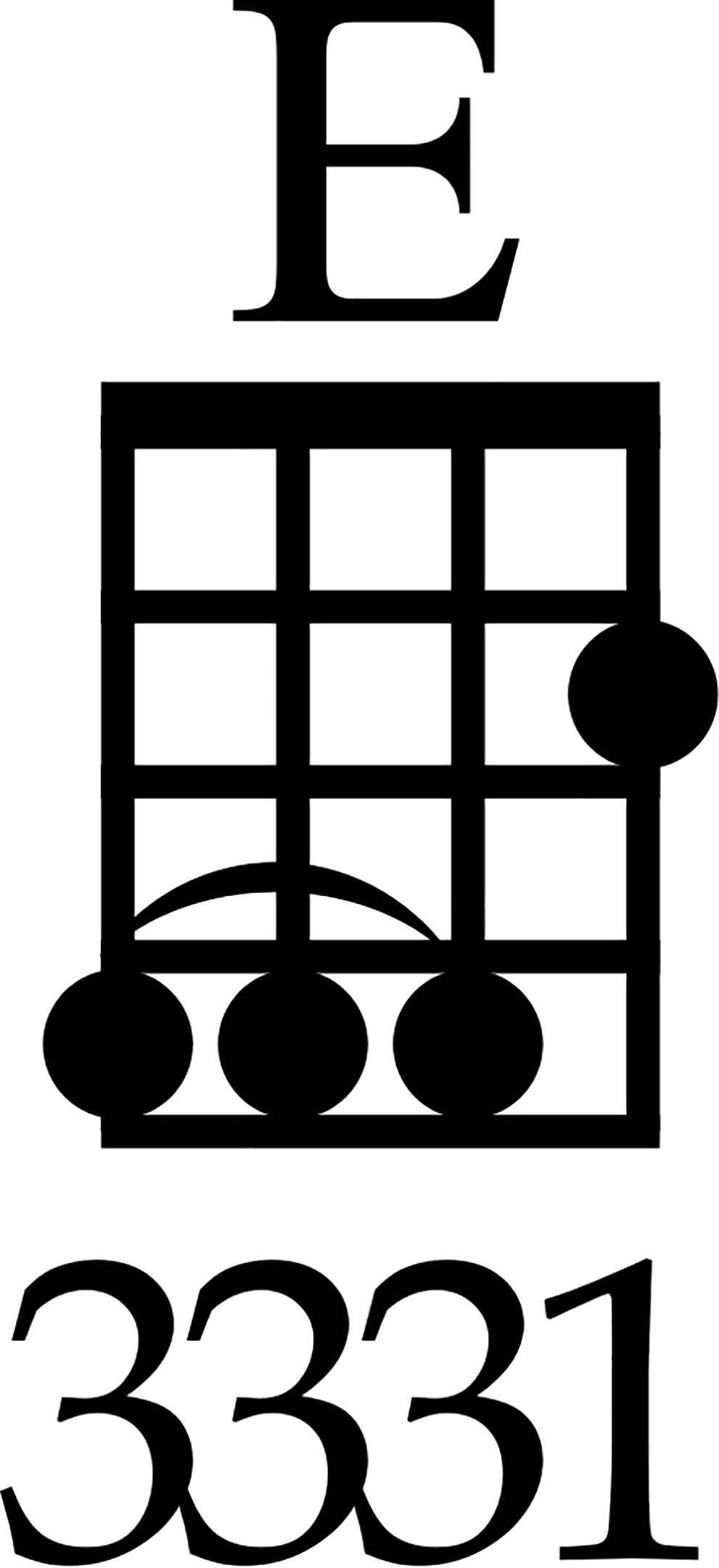
The E5 substitution is definitely way easier than playing this standard E chord position!
However, the E5 chord is not “technically” an E major chord. The E5 chord is actually missing a G# note, which is found in an E major triad (E-G#-B). This means in some cases you don’t want the sound of the E5 chord.
The other reason why you might not want to use the E5 chord is if it creates more fretting hand movement. In some cases, like in the example in the video where I play Hey Soul Sister, it’s actually more efficient to use the standard E chord position. Sometimes playing an E5 makes other chords harder to switch between, so in that case, you might want the standard position.
But overall, if you’re looking for an easy way to play an E chord on ukulele, then using E5 as a substitution is your best option!

